A few weeks ago I went to the San Jose Museum of Art, which is showing an exhibition of Brett Weston’s prints. (It runs until January 2023, and if you are in the area I highly recommend it.) As always, I found that seeing the work of great photographers was equal parts inspiration (“I must go out and make more photographs”) and dejection (“but they will never be this good”).
But we will never improve without practice. And, as Brett’s father, Edward Weston, once observed: “I should be able to look down at my feet and see something to photograph.” So one evening I took my SInar F1 and 3 film-holders loaded with FP4+ down to the local park to see what I could find.
Large format cameras offer the promise of outstanding quality and unparalleled flexibility. They also offer countless opportunities for getting things wrong, and the fact that I got 5 almost usable frames out of 6 sheets is, by my standards, excellent work. I loaded six (and only six) sheets, and each one was loaded correctly, with the emulsion side facing the lens and with a minimum of dust on the film. Nothing was exposed twice, or not exposed at all. The only failure was when I inserted the film holder, pulled out the dark slide, reached for the cable release, and then realised that I had forgotten to close the shutter after composing the image, giving me an absurdly overexposed negative.
The Sinar F1 is a monorail camera, primarily designed for studio work. Bulky rather than heavy, it can, with some effort, be packed flat enough to fit in a backpack, or be carried awkwardly by the central rail. It does offer a full range of movements, however, plus a built-in calculator for estimating the correct tilts and swings for getting the correct plane of focus.
As I set it up, I realised those movements would be useful. There are several redwoods in the park, and I decided to photograph their partly-exposed roots. By tilting the front standard forwards, I was able to adjust the plane of focus so that everything on the ground in front of me was sharp.
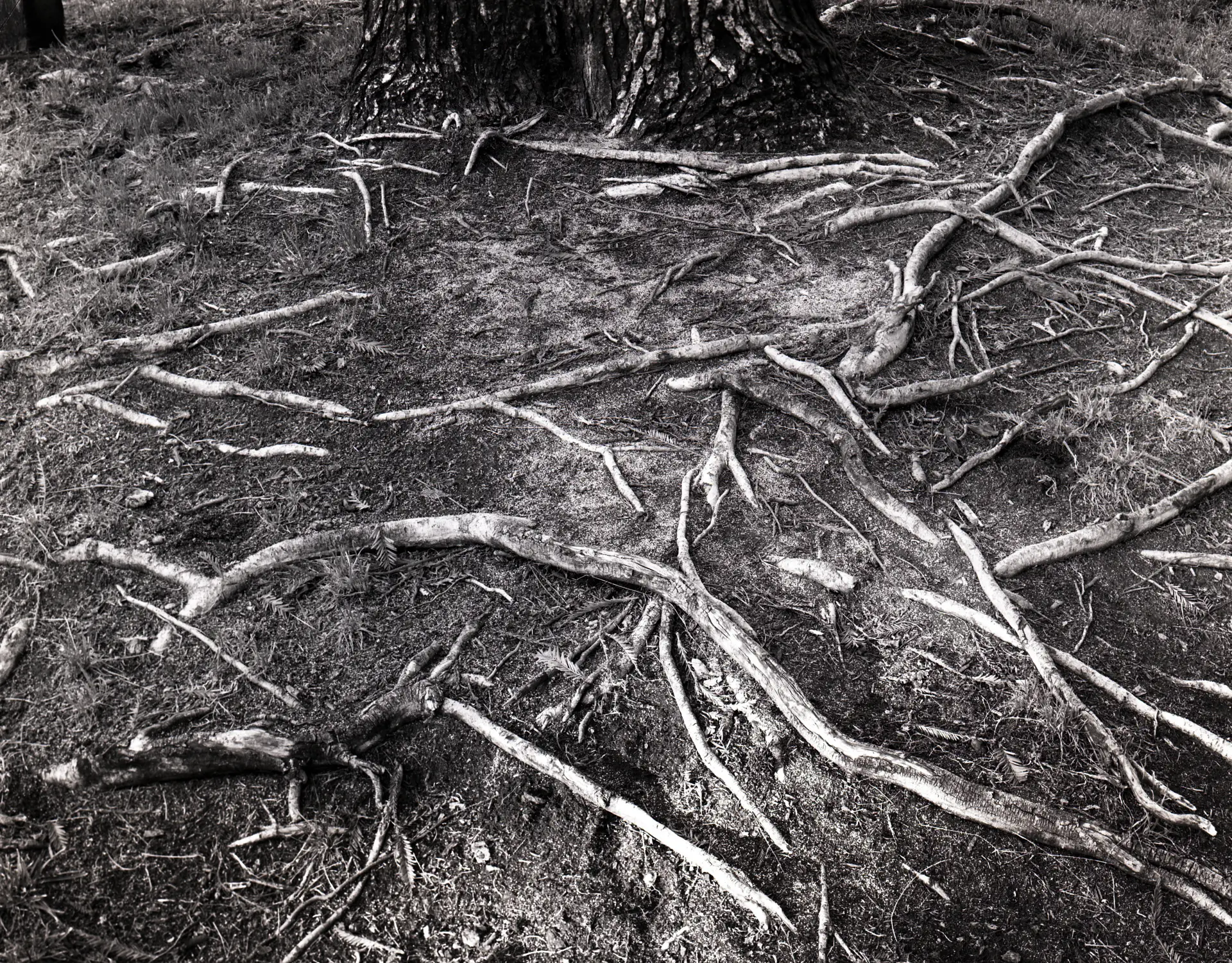
It was getting towards sunset, and for the most part the trees were out of direct light, creating a relatively flat, low-contrast scene. Because of this I decided I would increase development slightly to compensate.
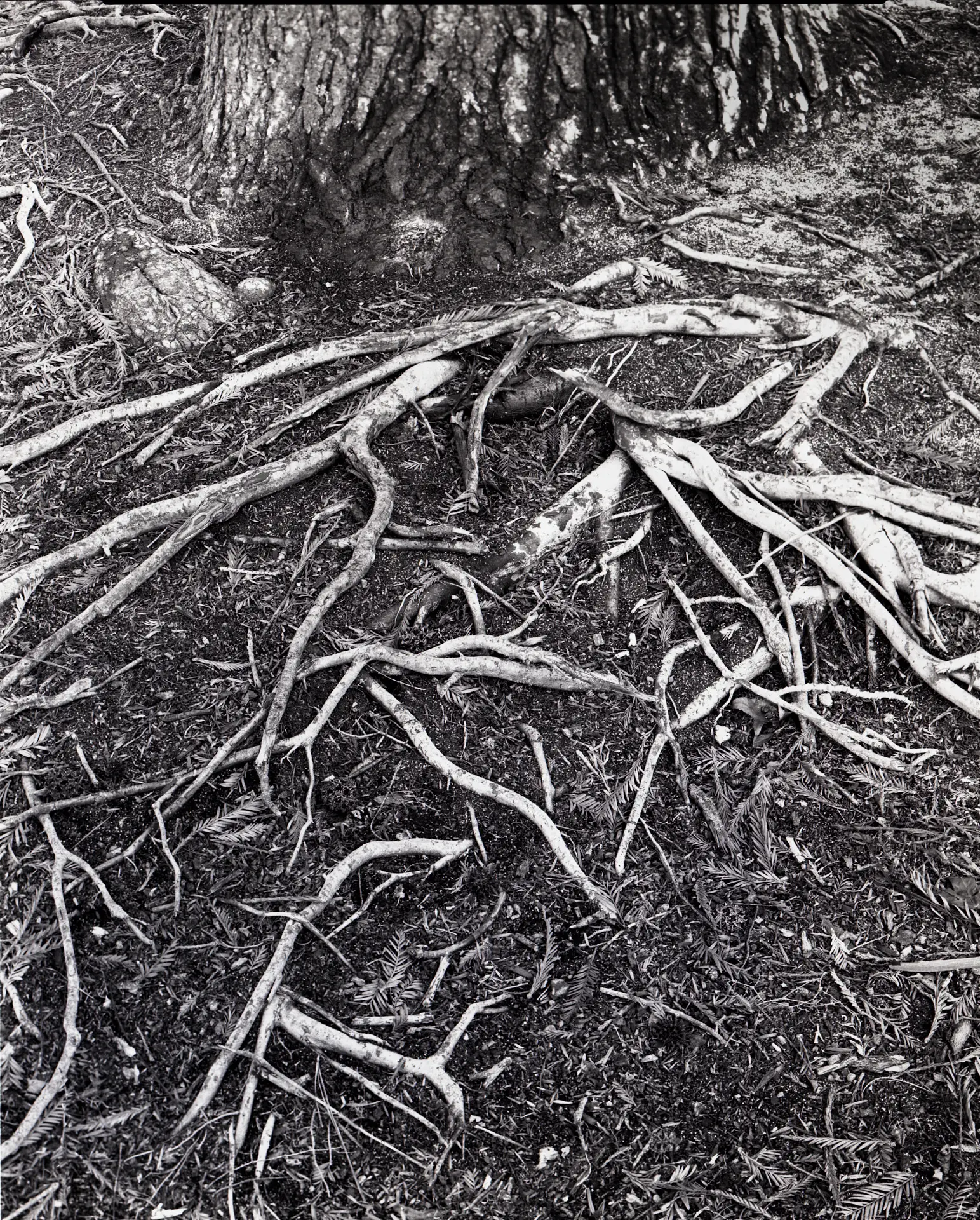
I made a couple of exposures of the first tree, and then moved on to the second one, whose roots were capturing the final rays of the setting sun.
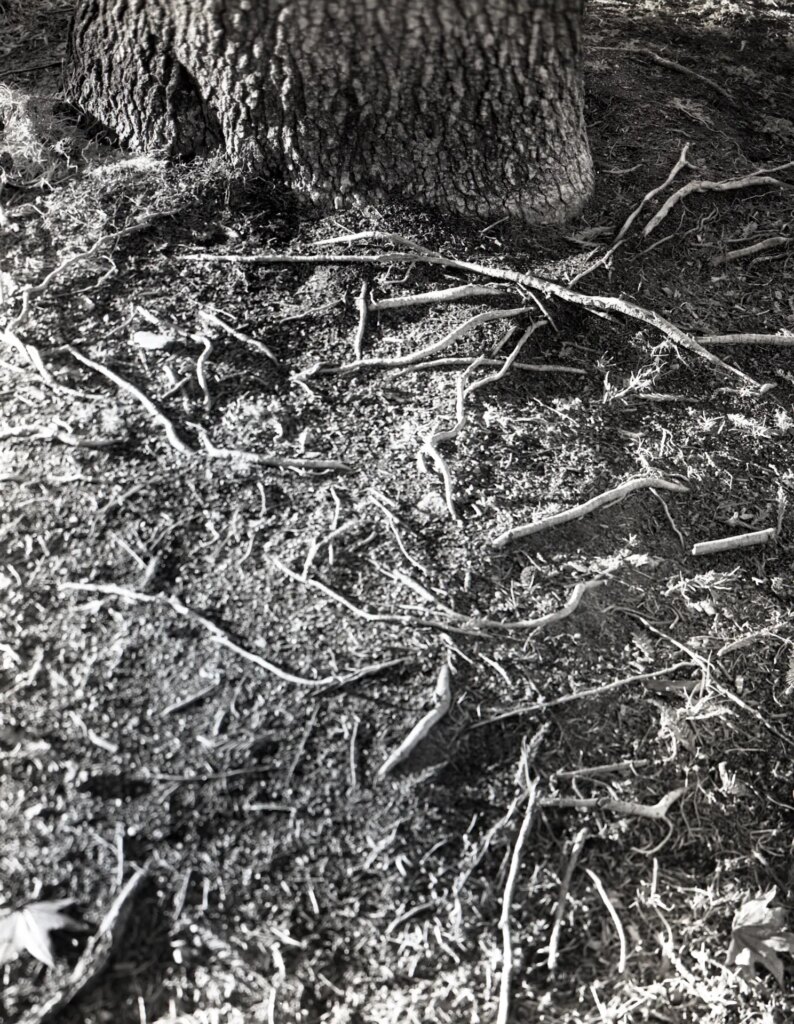
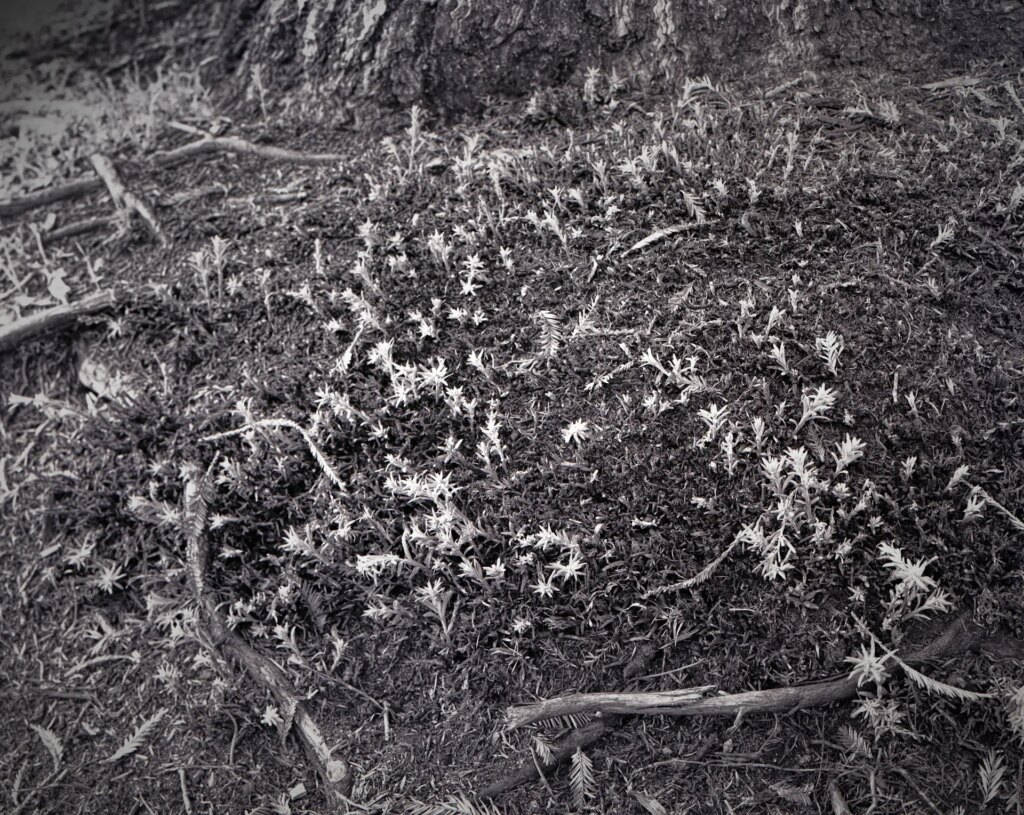
The final tree had its most interesting root structure on the shadow side, so I set up the camera there and made one final exposure.
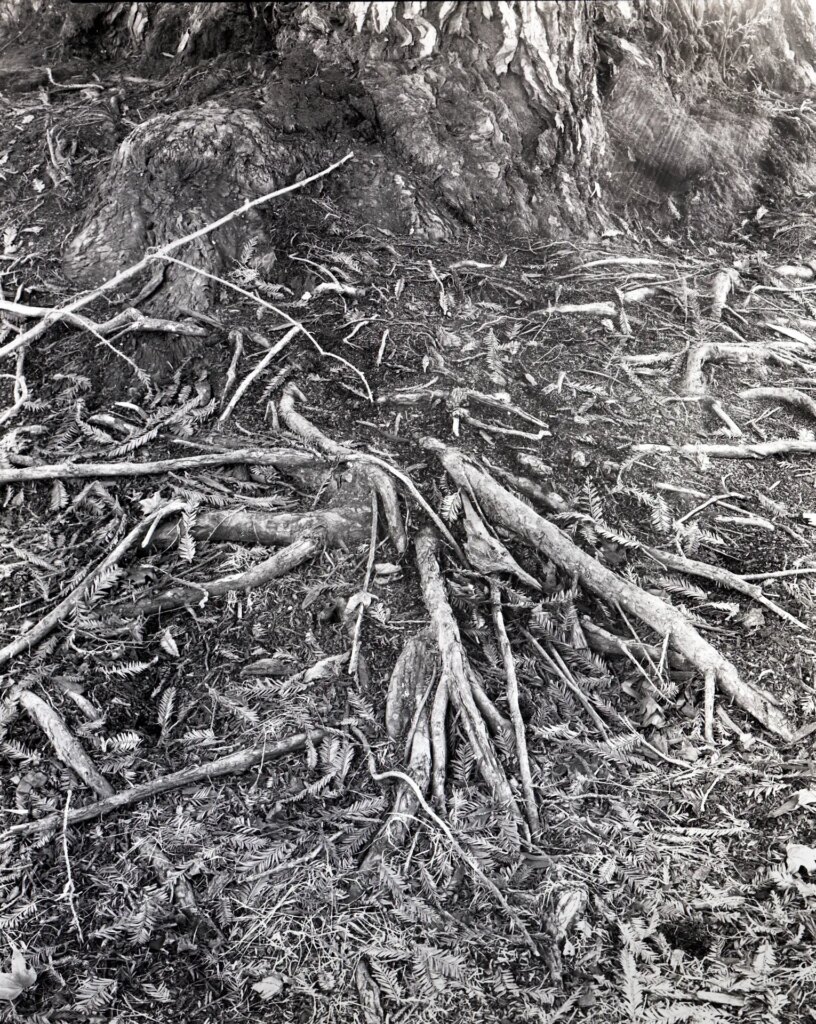
I’m most pleased with the first two images. I made a fairly straight darkroom print, with some burning in of the corners, on grade 3.5 paper, and the range of tones has come out well. The second two are less successful – the light in them is too contrasty, and although it brings out the shapes of the roots well, it does so at the expense of tonality.
The final image, made with the sun behind the tree, has a bright mark coming down from the top-right corner. Lens flare? Some internal reflection in the camera? I was able to tidy up the scanned image slightly, but a darkroom print would be exceptionally difficult to correct. Still, two reasonable images out of six frames is not bad going.
I developed the film in Eco Pro diluted 1:1 for 11.5 minutes at 20°C, instead of the normal 10 minutes. (And yes, a more dedicated Zone-system practitioner would have developed the second two sheets for N-1 development instead.) Scanned on an Epson V700, or printed on an Omega D2 enlarger.
Share this post:
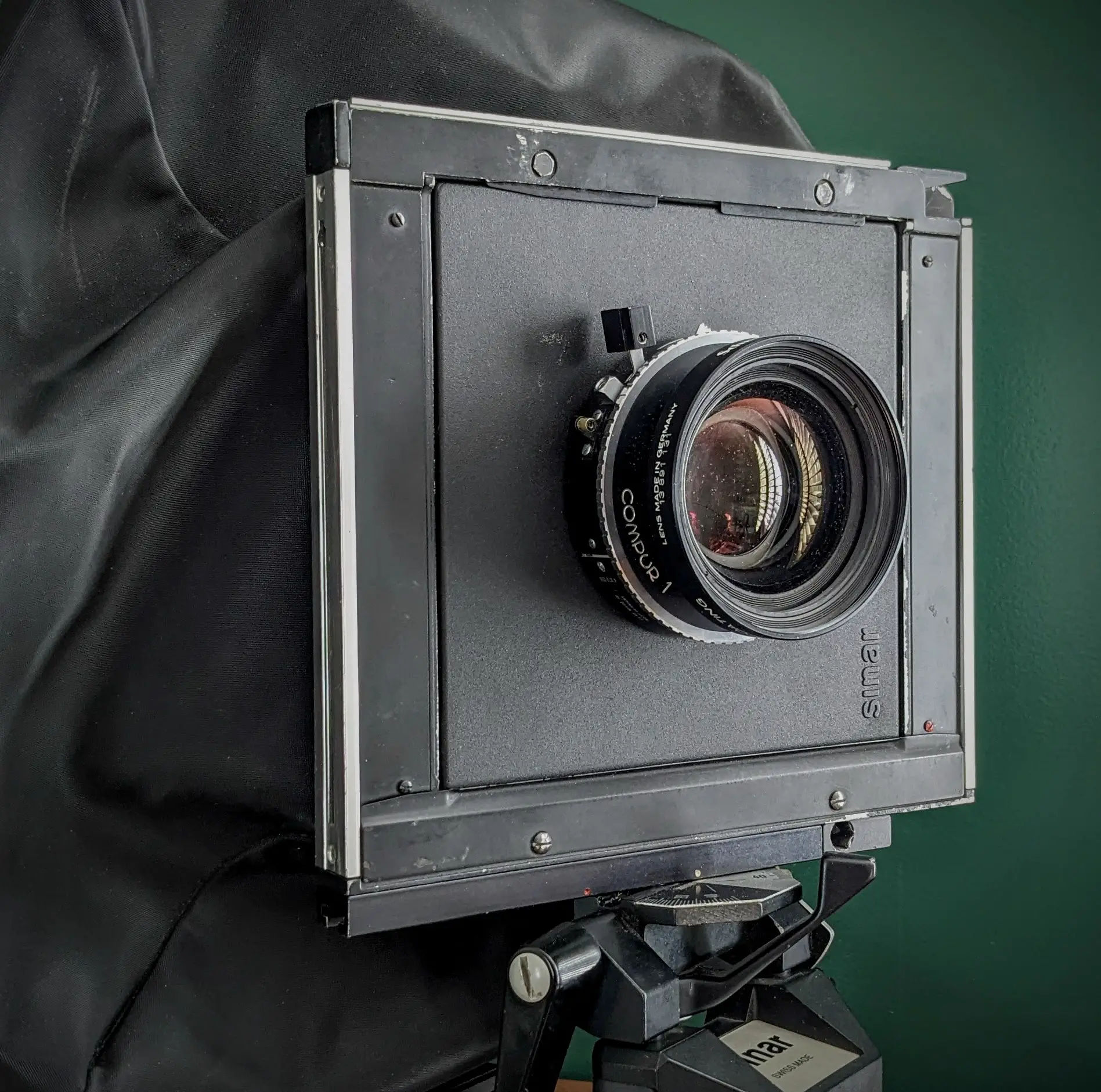

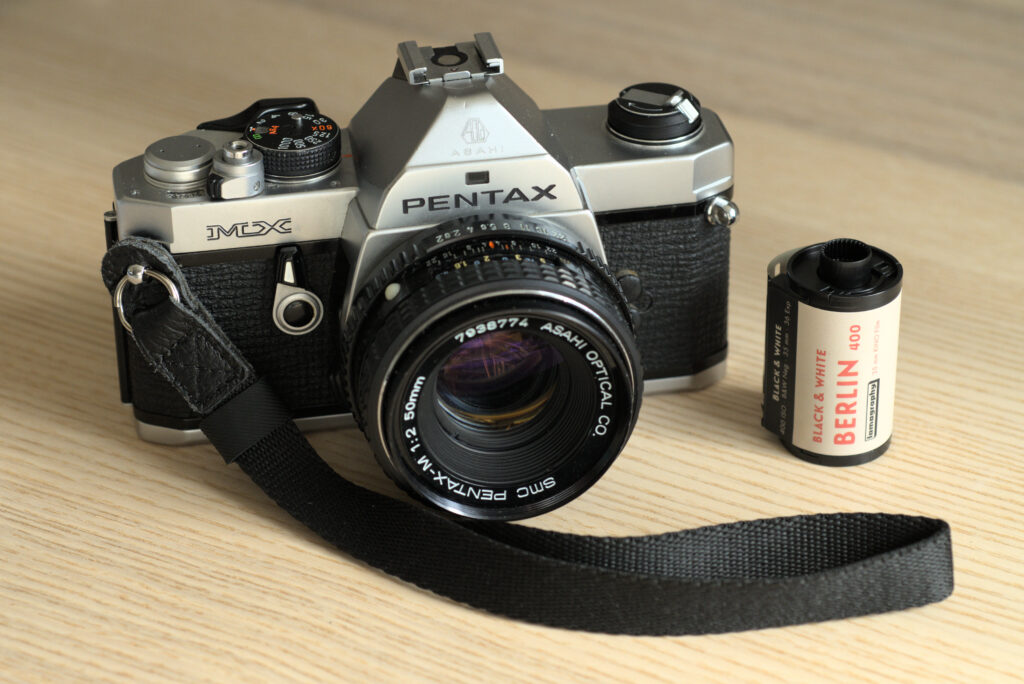
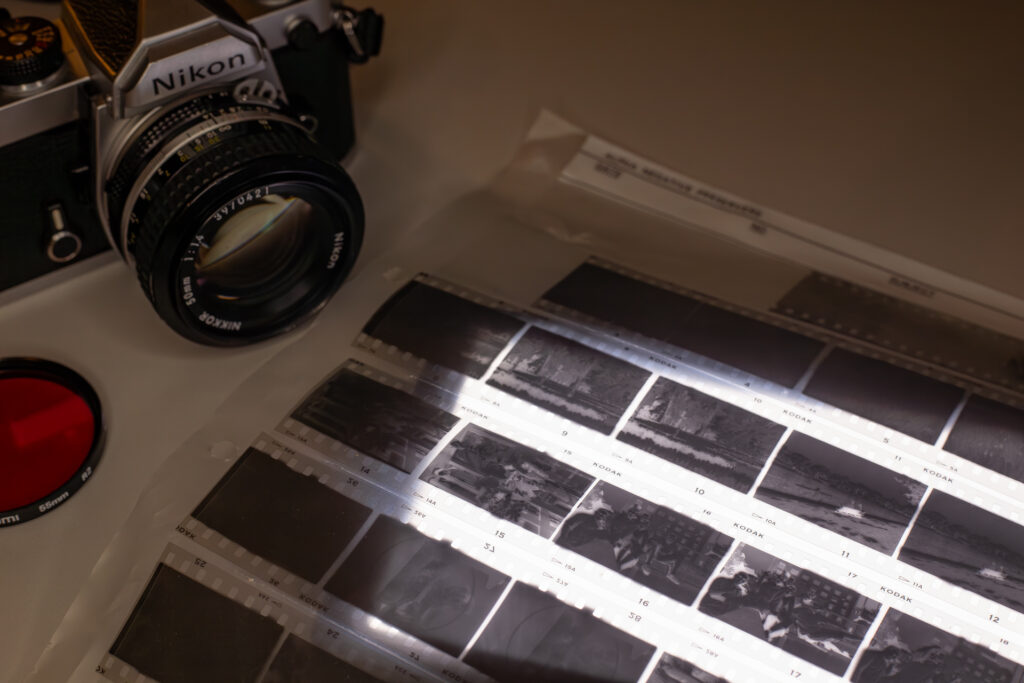
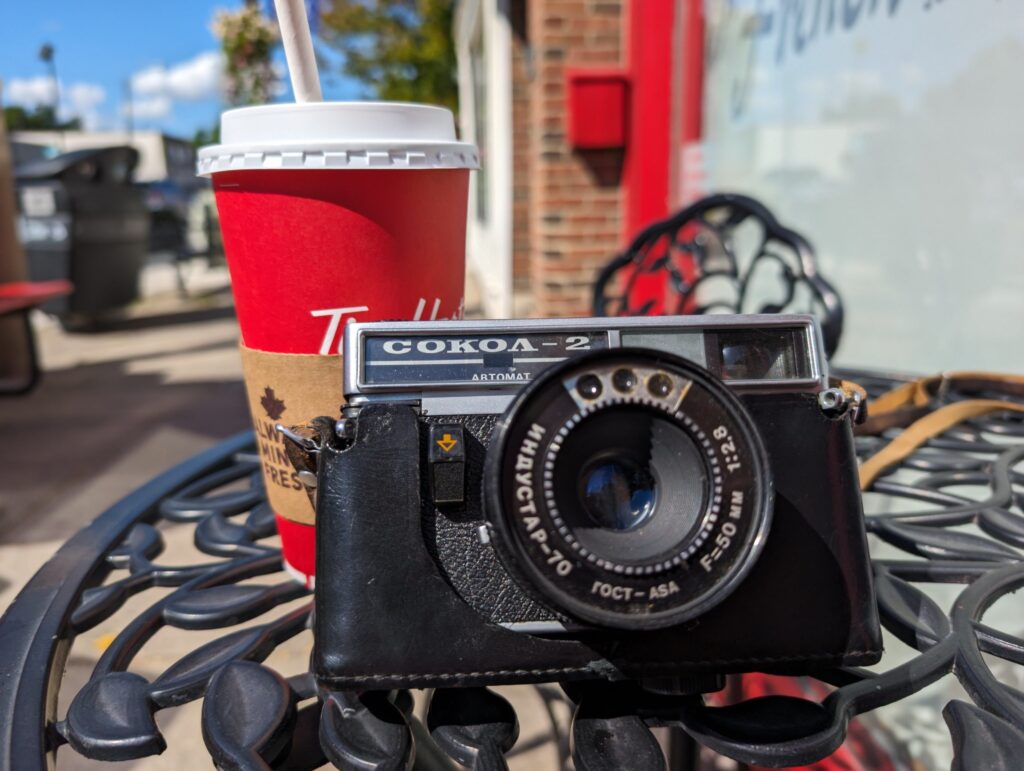




Comments
John Fontana on 5 Frames with a Sinar F1 in the local park – By Alasdair Mackintosh
Comment posted: 16/10/2022
Comment posted: 16/10/2022
Michael J on 5 Frames with a Sinar F1 in the local park – By Alasdair Mackintosh
Comment posted: 16/10/2022
I hear you when you speak of the amount of ways in which you can really mess up large format- well done on 5/6 and for your bravery on showing them to anyone else, let alone the 35mmc readership. I speak as one who has spent the last year and a half trying to get things I really like out of the web of parameters...
Comment posted: 16/10/2022
brian m cox on 5 Frames with a Sinar F1 in the local park – By Alasdair Mackintosh
Comment posted: 16/10/2022
Comment posted: 16/10/2022
Karen McBride on 5 Frames with a Sinar F1 in the local park – By Alasdair Mackintosh
Comment posted: 18/10/2022
Well done.
Comment posted: 18/10/2022